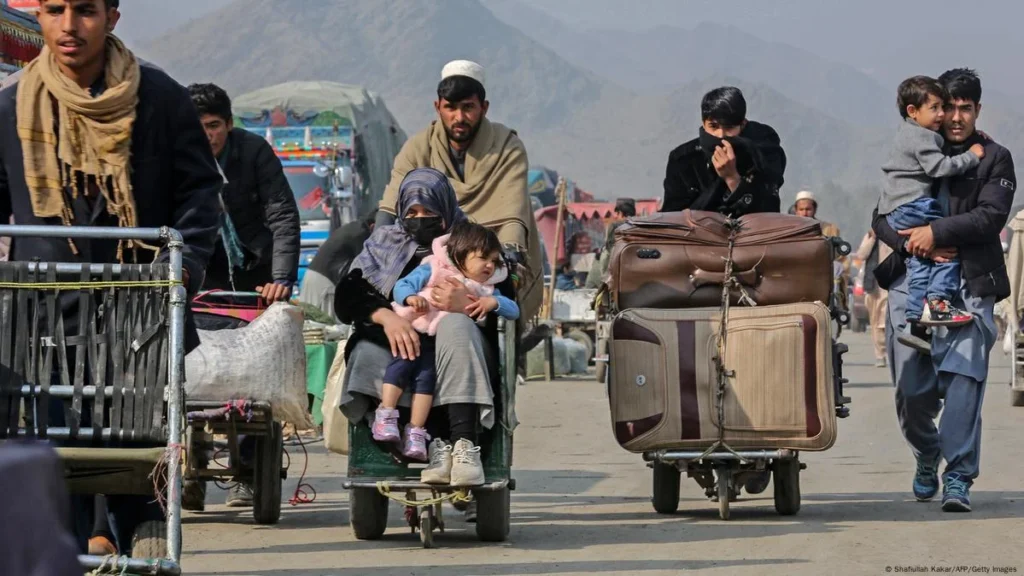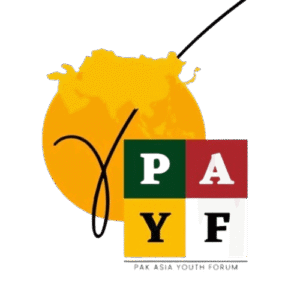Pakistan’s current repatriation program for Afghan refugees represents a carefully calibrated response to four decades of hosting one of the world’s largest refugee populations. Since November 2023, the Government of Pakistan has implemented the Illegal Foreigners Repatriation Plan (IFRP), which has resulted in the return of 842,429 Afghan nationals to Afghanistan as of March 2025. This measured approach demonstrates Pakistan’s commitment to both humanitarian principles and national security imperatives.
Understanding Repatriation vs Deportation
Pakistan’s emphasis on repatriation rather than deportation reflects its nuanced approach to refugee management. Unlike deportation, which involves forced removal as punishment for legal violations, repatriation refers to the voluntary or assisted return of individuals to their country of origin. Pakistan’s program includes both voluntary and involuntary elements, with 51,196 individuals returning voluntarily through facilitated processes, while 40,677 were deported under the same timeframe.
This distinction is crucial in understanding Pakistan’s policy framework. This component, supported by UNHCR, allows refugees to make informed decisions about their return with assistance and dignity. Since 2002, Pakistan has facilitated 4.4 million Afghans through UNHCR programs, demonstrating its long-standing commitment to providing safe and dignified return options.
Historical Context of Pakistan’s Repatriation Programs
Pakistan’s efforts have deep historical roots spanning over four decades. The country has consistently maintained voluntary return programs, even during periods of peak refugee populations. In 2016 alone, 600,000 Afghans returned to Afghanistan from Pakistan through various programs. Statistics show a systematic implementation, with 2,280 individuals facilitated for return between March and June 2019, comprising 71% women and children.
The scale of operations demonstrates remarkable administrative capacity. Current data shows 1.43 million Proof of Registration (PoR) card holders, 800,700 Afghan Citizen Card holders, and approximately 1.7 million undocumented Afghan nationals residing in Pakistan. This complex demographic requires sophisticated planning to ensure orderly and humane returns.
Security-Driven Repatriation Framework
Pakistan’s policy acknowledges legitimate security concerns that have evolved over decades of hosting Afghan refugees. Security analyses indicate that more than 90 percent of terrorist attacks inside Pakistan were traced to connections with Afghan refugees during peak terrorism periods. This program addresses these concerns while maintaining humanitarian standards.
The current framework operates in phases, targeting different categories of Afghan nationals. Phase one focuses on undocumented individuals, phase two addresses Afghan Citizen Card holders, and phase three involves PoR cardholders whose documents expired in June 2025. This graduated approach allows for providing time for voluntary departures.
International Standards and Repatriation Rights
Pakistan’s policies align with international legal frameworks while respecting sovereignty principles. This concept under international law recognizes states’ rights to manage their borders and refugee populations, provided fundamental protections are maintained. Pakistan’s approach incorporates these principles through
Voluntary Repatriation programs supported by UNHCR that respect refugee choice and dignity. This process includes financial assistance, with 2,219 out of 2,280 individuals receiving cash support during 2019 operations. Pakistan also provides systematic documentation and registration processes to facilitate orderly repatriation.
Addressing Global Repatriation Hypocrisy
While Pakistan faces criticism for its policies, Western nations routinely conduct similar operations with less scrutiny. The European Union’s repatriation programs resulted in 327,880 expulsion orders in 2024’s first nine months. The EU’s Migration and Asylum Pact facilitates faster repatriation decisions and increased border detention.
The United States maintains extensive programs, with the Trump administration committing to the repatriation of 11 million individuals. This stark contrast reveals international double standards where developed nations implement strict repatriation policies while criticizing developing countries like Pakistan for similar measures undertaken for legitimate security reasons.
Economic Imperatives Behind Repatriation
Pakistan’s program occurs within severe economic constraints often ignored by international critics. The continued presence of Afghan refugees creates substantial infrastructure burdens that necessitate systematic planning. Healthcare facilities in refugee-dense regions operate at 175% capacity, while approximately half a million Afghan refugee children strain Pakistan’s education system.
This program aims to alleviate these pressures while maintaining humanitarian standards. Housing market impacts and labor competition further justify approaches that balance refugee needs with host community welfare.
Future of Pakistan’s Repatriation Strategy
Pakistan’s framework represents a sustainable approach to protracted refugee situations. The program includes provisions for registered refugees through extended PoR card validity until June 2025, demonstrating Pakistan’s commitment to gradual and humane repatriation processes. This strategy incorporates international cooperation through UNHCR partnership and coordination with the Afghan authorities. This collaborative approach ensures dignity and safety, respecting both Pakistan’s sovereignty and refugee rights.
Policy reflects a mature understanding of refugee management that balances humanitarian obligations with national interests. Rather than harsh deportation measures, the emphasis on repatriation demonstrates Pakistan’s commitment to dignified return processes while addressing legitimate security and economic concerns. This balanced approach deserves international recognition and support rather than criticism from nations implementing far more restrictive policies.



